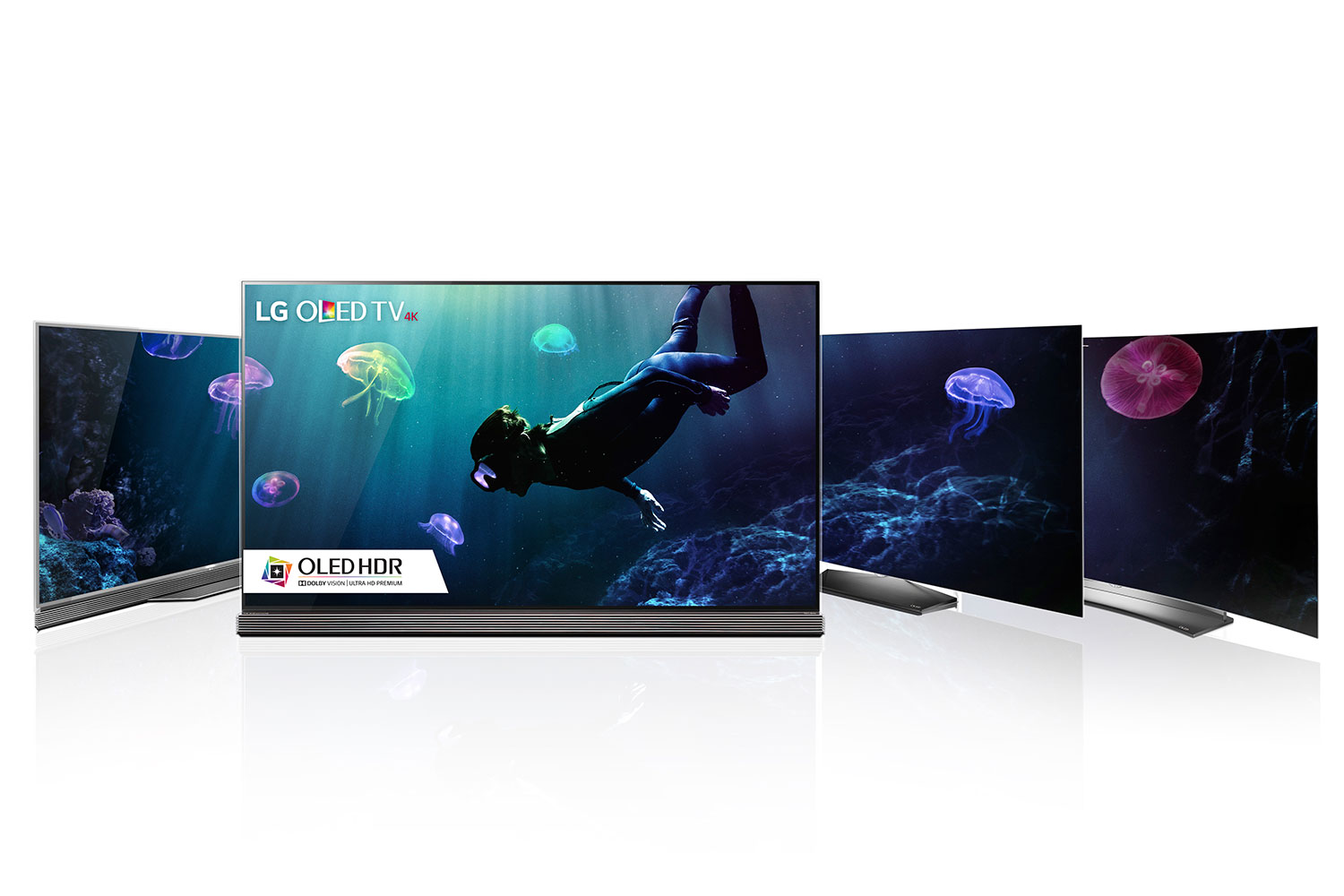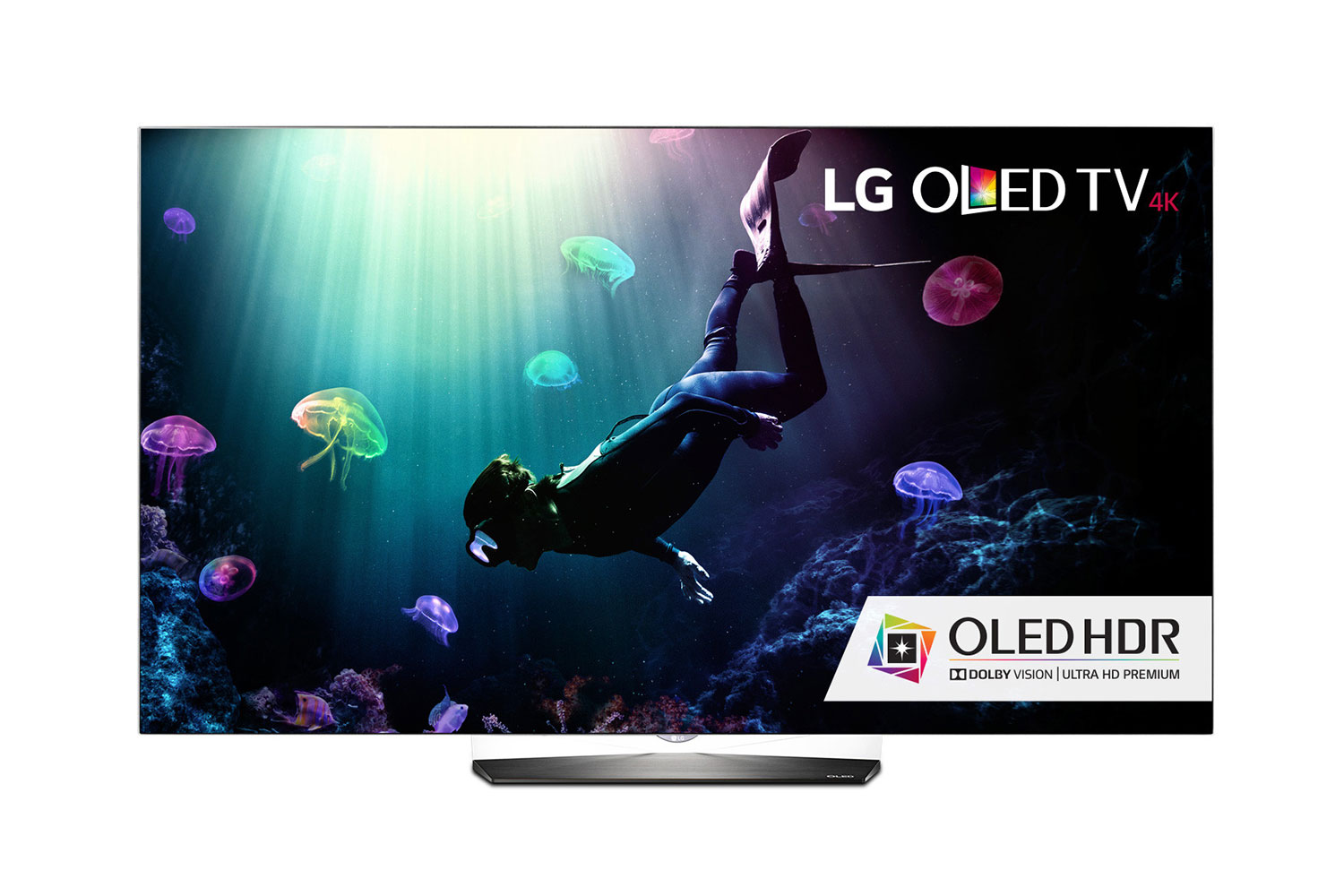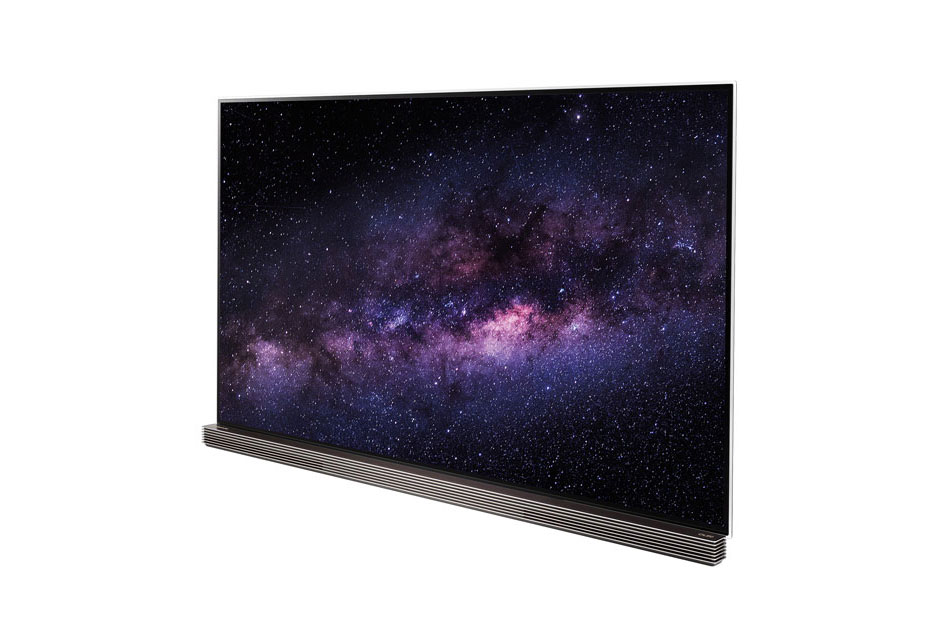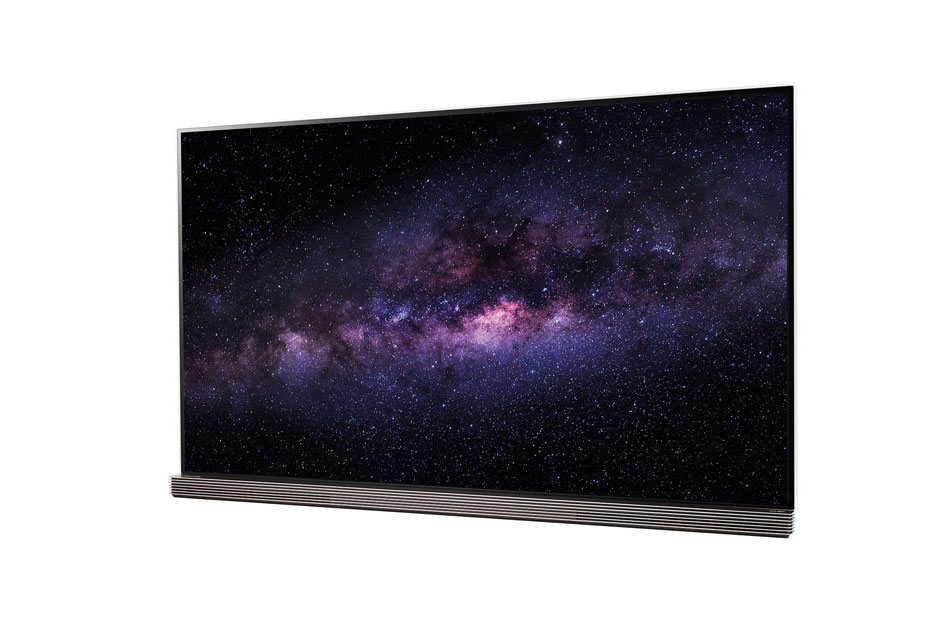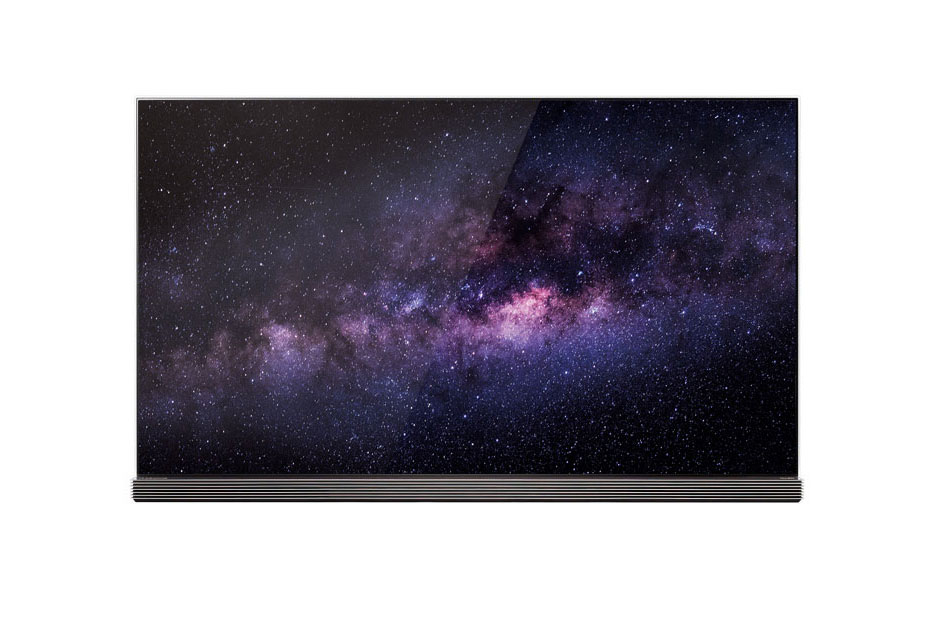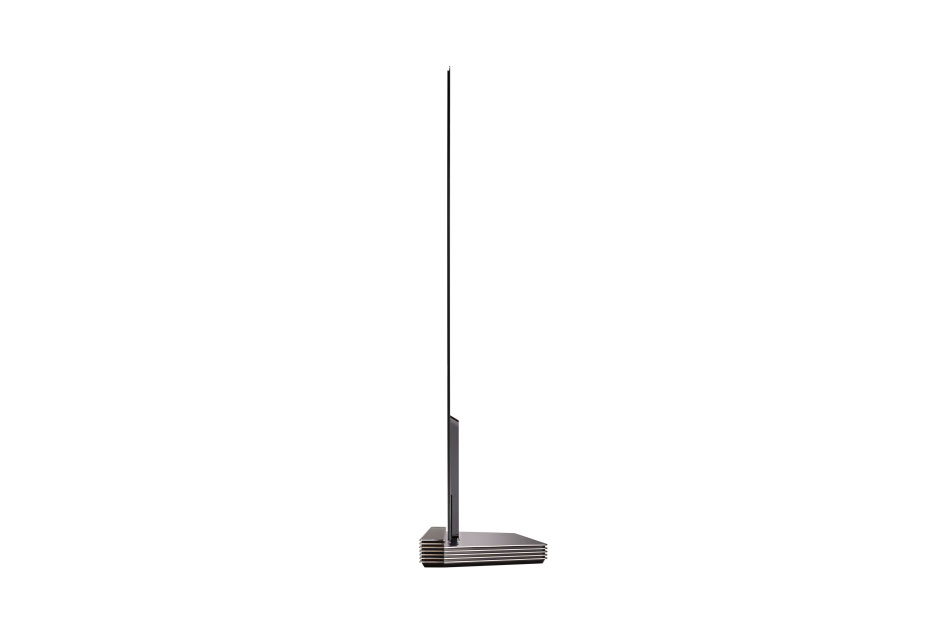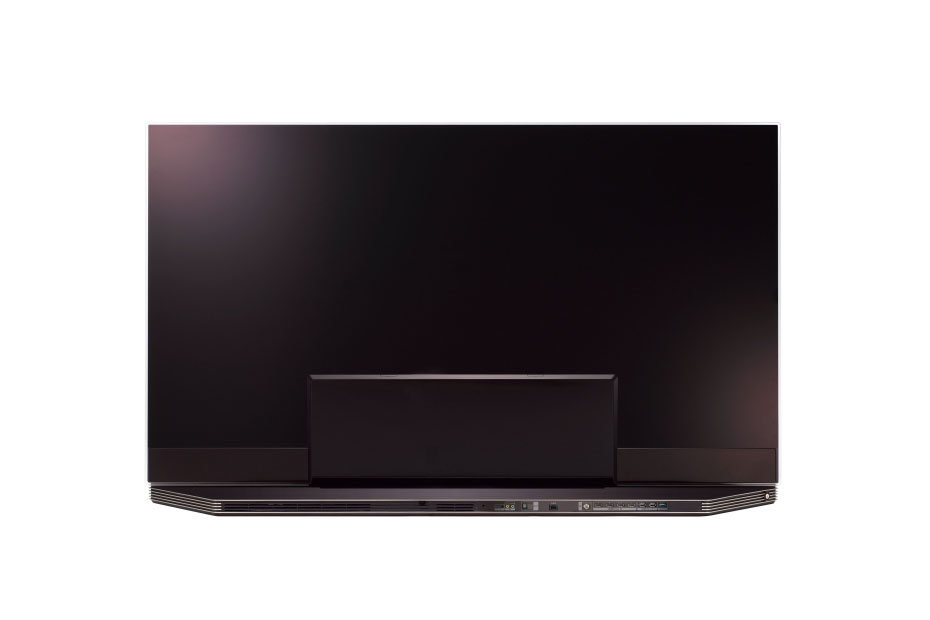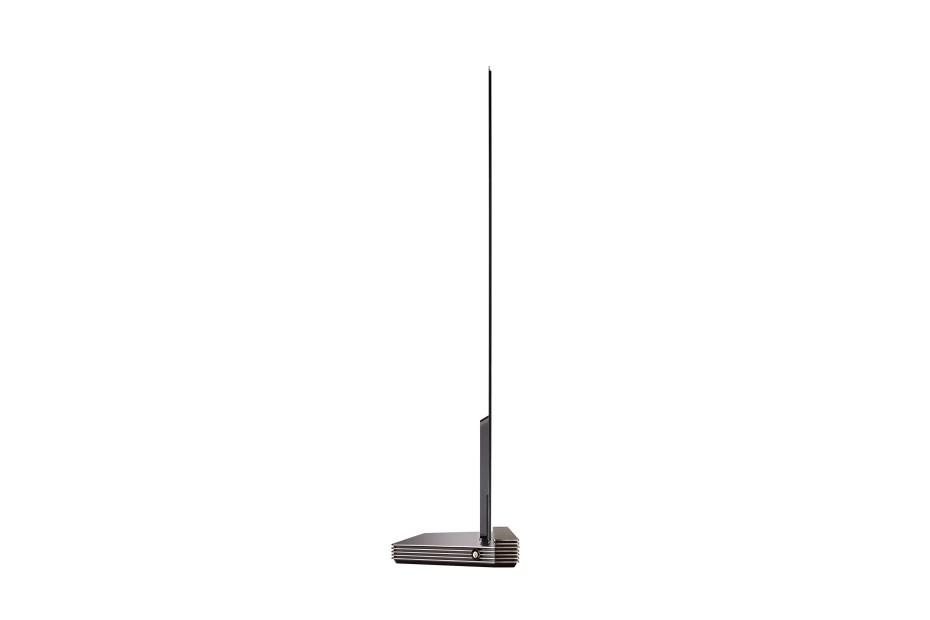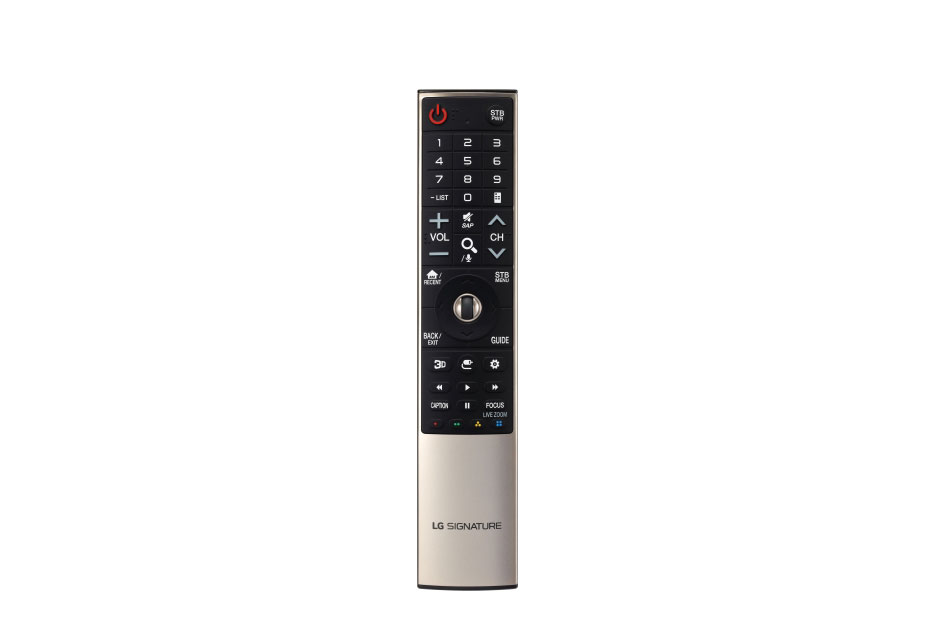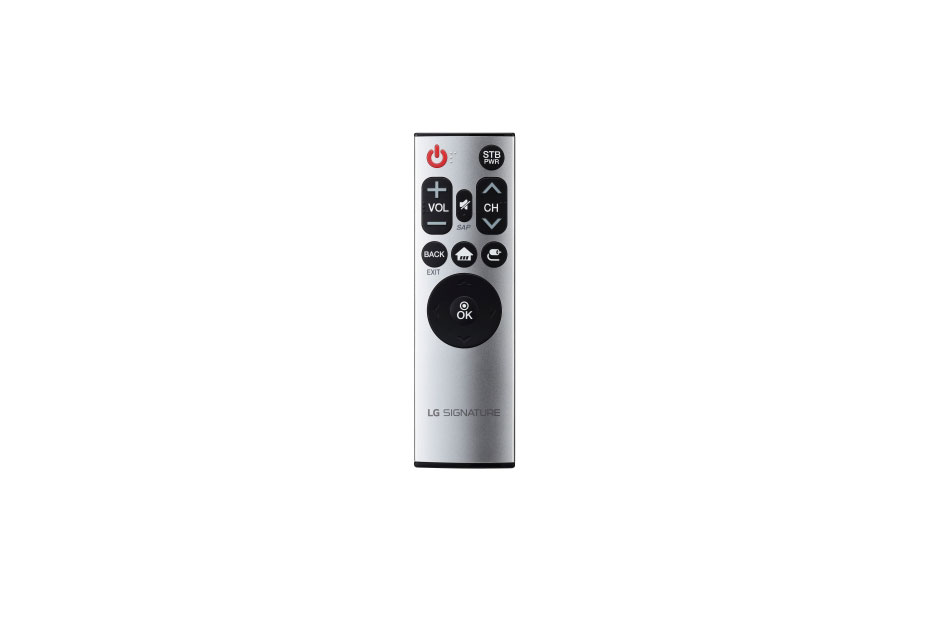LG has finally unveiled pricing and availability for its entire line of 2016 OLED TVs, and although the new display tech is becoming a little more affordable each year, you’ll still need to dig deep to get one. Spanning four series and three different screen sizes, each of LG’s new OLED TVs will vary in terms of features, with prices, at least for now, starting at $4,000. Regardless of size or series, each of the eight available models supports both Dolby Vision HDR and the open HDR10 standard in addition to 4K Ultra HD resolution.
This year, LG offers just one curved series, and it is priced identically to its flat-screen counterpart. The curved C-series (OLEDC6P) includes a 55-inch and 65-inch model for $4,000 and $6,000 respectively, while the flat B-series includes 55-inch and a 65-inch models at the same prices. Both offer the aforementioned dual-HDR format compatibility, 4K Ultra HD resolution, and LG’s WebOS 3.0 operating system, with full support for 4K Ultra HD with HDR streaming apps from services like Netflix, Amazon, and Vudu.

Stepping up in LG’s new OLED line won’t gain you better video processing or unlock any other performance-enhancing features — you can expect LG’s outstanding OLED picture quality to be the same across all four series — but as you move upward toward the E series (OLEDE6P) you’ll gain LG’s “picture-on-glass” design element, which places the OLED panel on a piece of glass, enhancing the TV’s ultra-thin profile. Prices jump up $1,000 at this level, putting the 55-inch model at $5,000 and the 65-incher at $7,000.
Rounding up the 2016 LG OLED line is the flagship G-series (OLEDG6P, featured in our review video above. The G-series maintains the picture-on-glass design found in the E-series below it, and adds a Harman/Kardon sound bar which also functions as the TV stand. When the sound bar is used as a stand, the TV’s profile is reduced, remaining ultra-thin from top to bottom. If wall-mounting is preferred, the sound bar/stand can be folded up behind the television, increasing mounting depth slightly, but maintaining the premium sound afforded by the sound bar. The G-series starts at 65-inches for $8,000 and tops out with a 77-inch model which has yet to be priced, and is only listed as “coming soon” by LG.
LG told Digital Trends that all but the 77-inch G-series model are available now at Amazon, Best Buy, and select retailers nationwide, though at the time of writing, Amazon has the B-series listed as a pre-order, while the E-series is currently shipping. Other models are also either in short supply, or listed for pre-order, though that is all likely to change as stock rolls in over the coming days.
For those puzzled by HDR compatibility, two different versions of HDR (High Dynamic Range) exist, with varying support from film studios right down through consumer electronics manufacturers. While HDR 10 is an open standard likely to be the most widely adopted format in these early days of HDR, Dolby Vision’s version of HDR offers some distinct advantages, like scaling HDR content to best match a TV’s contrast capabilities. For instance, a Dolby Vision-encoded movie on Netflix will be processed differently from one of LG’s OLED TVs than it will for one of LG’s LED/LCD televisions. Since OLED is capable of perfect black levels, but can’t match the high brightness of an LED TV, the HDR metadata coming from Netflix will be mapped out to take full advantage of the OLED’s black levels and color gamut, while the same movie on an LG Super UHD LED TV will be customized to take into account its slightly more limited black levels, much higher brightness, and slightly higher color gamut. HDR 10 doesn’t scale like this.
Though other manufacturers such as Vizio have promised dual-HDR format capability is coming soon, LG is the only manufacturer to support both formats right out of the box. For now, Dolby Vision is only available through streaming services, with Netflix and Amazon Instant Video each promising 150 hours of HDR content by the end of 2016.
In our review of the G6 performed earlier this year, we called LG’s latest OLEDs majestic, lifelike, and engrossing, though those words hardly seem to do these televisions justice. There’s just something about OLED’s perfect black levels that creates a mesmerizing picture, even as LEDs continue to improve. OLED may be expensive, but in our experience provides the best overall picture quality available today.
